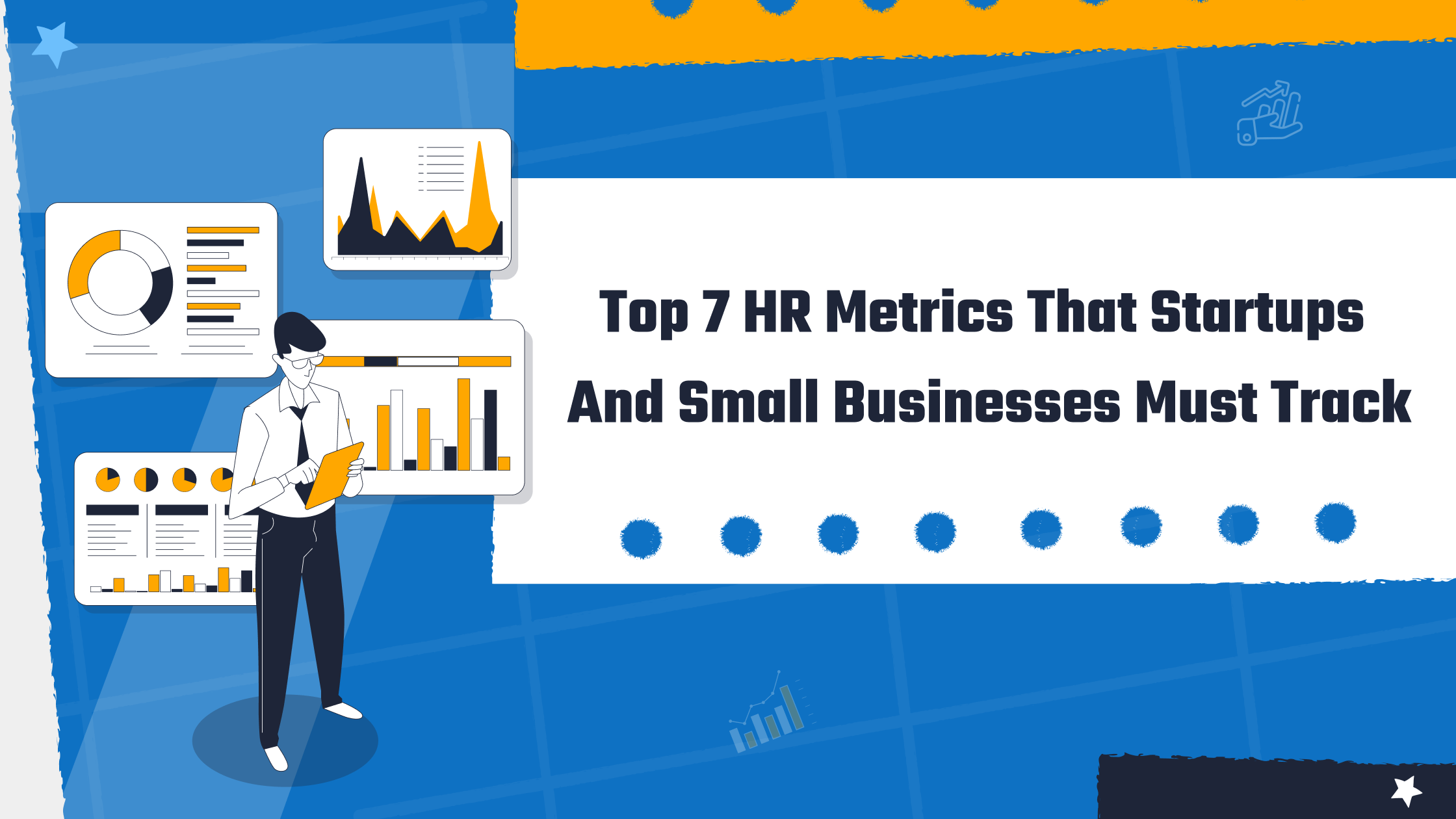UBS App is now Superworks

One of HR’s many functions is to act like an eye of the organization, looking both internally and externally for the information and comparison that may be useful for getting the business better.
Human resource measurements act as a pair of glasses without which workplace data is visible but incomprehensible. HR metrics are like measurements that are used to identify the strengths and weaknesses of a company. These usually include the calculation of returns on human capital, turnover of the company, costs of labor, expenses per employee, etc.
Often companies tend to ignore these metrics with the thought of them being too complex to deal with. However, HR metrics are very important to determine the areas where the company needs to improve.

To grow, any small business or startup must continually assess its expansion strategies. HR metrics for performance are very helpful for businesses and start-ups because they enable you to evaluate your company and develop a strategy.
Do you, therefore, need to look after every piece of data you have access to? In an ideal world, absolutely, however, we do not live in a perfect world. Therefore, there are still 7 HR metrics that you need to monitor.
Do you know the overall cost of hiring each employee? Cost per Hire(CPH) is the important HR metric that will help you know the average amount your company spends on bringing in a new employee, be it an external or internal hire. This hiring cost includes not only recruitment costs but also software fees, employee referral bonuses, advertising costs, relocation expenses, etc. CPH helps in keeping and managing the recruiting budget. The formula to calculate CPH is as follows:
CPH = (internal recruitment cost + external recruitment cost) / total numbers of recruitments within a given time.
Revenue Generated by each employee is a crucial HR metric that is used to measure the efficiency and productivity of the whole organization. As the name speaks for itself, these metrics help you to know the amount of revenue each employee is helping to generate for your business. It helps you assess the quality of time and effort that human capital inputs against the revenue output. An increased ratio indicated increased productivity. Companies can calculate revenue per employee by the following formula:
Revenue / Total number of employees = Revenue per employee

Absenteeism, which means the unplanned absence of an employee from work, can have various reasons. Instead of showing a lack of dedication or dissatisfaction at work, it may reveal issues with employees’ health and well-being. In either case, HR has to gather attendance data to assess the costs and trends of the missing time as well as to better understand the needs of the workforce.
Rate of Absence = (no.of absences / no. of expected workdays) * 100
Every company offers some benefits to its employees. This specific HR metric “Cost of Benefits” helps you know how much your company is spending on these employees’ perks and benefits.
Although this is a bit of a tricky HR metric for performance management, this metric tells you about the level of satisfaction of an employee in your company. Every small business or startup needs to have satisfied employees as “the more the satisfaction, the better the output”. However, satisfaction is an abstract metric and it can only be measured through surveys. So, as we said, this is a bit tricky metric but certainly, it should be tracked.

Turnover is the rate at which employees are leaving the organization in a given period of time. Employee turnover determines employee satisfaction and retention. Also, it determines the quality of management and the work environment in an organization.
A high turnover will be expensive as the expenses will be targeted toward recruiting and training new hires. The turnover rate determines when and where the company is at risk of losing employees. It also helps determine how that company can mitigate the risk.
Turnover Rate Percentage = (number of separations in a given time) / (Average number of employees in a given time) * 100
Consistency and Longevity also help in determining the satisfaction of employees. These HR metrics help the company understand the average amount of time the employees have been in the company. This, together with the metric above, helps in overall human resource management, particularly in terms of hiring and cost per hire.
According to the Society of Human Resource Management, HR metrics provide the data for analysis.
Metrics can be turned into analytics and information into insight by using simple statistical approaches, dimensional segmentation, and trending one metric to another, a target, or a benchmark. Value is created by insight, not by the metric itself. The analysis is crucial since reporting is insufficient.
Investing in the right HRMS Software can help you know the right HR metrics India to track, the audience to track for each metric, and important questions your company needs to focus on. Book a demo with UBS HRMS and we will help you track the crucial metrics.
Operational Reporting, Advanced Reporting, Strategic Analytics, and Predictive Analytics are the four levels of HR metrics. To learn more about the HR metrics for performance management, see the blog.
The most important HR metric for every organization may depend on the nature and size of the business. However, the blog mentioned above lists the top 10 HR metrics that every company ought to track.
Data points make up the former, and measurements make up the latter. HR Metrics don't explain why differences between numbers exist; they just quantify them. HR analytics, often known as people analytics, is the quantification of people drivers on business results.
We are here to help you find a solution that suits your business need.
Get a visual representation of how we work!
Schedule DemoOur sales expert is just one call away to meet your needs.
Get In TouchHave a question?
Chat with Us